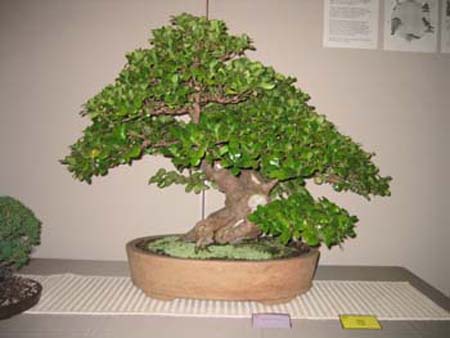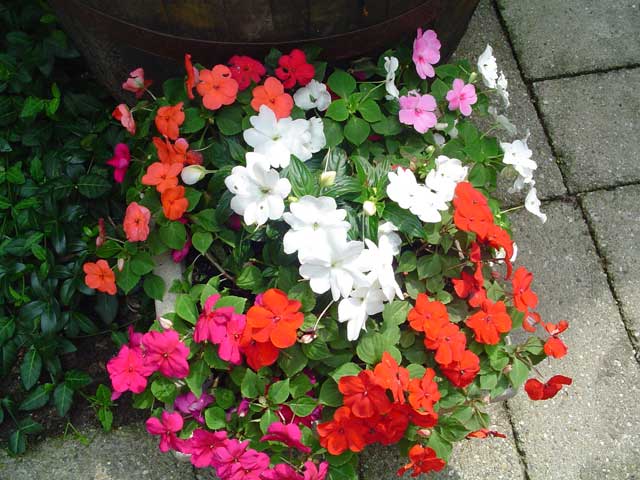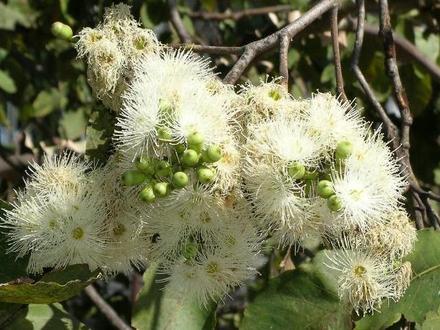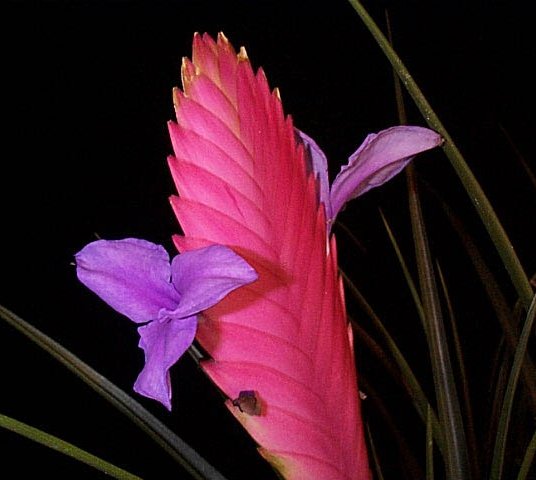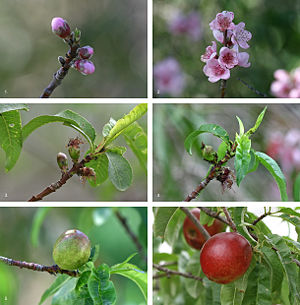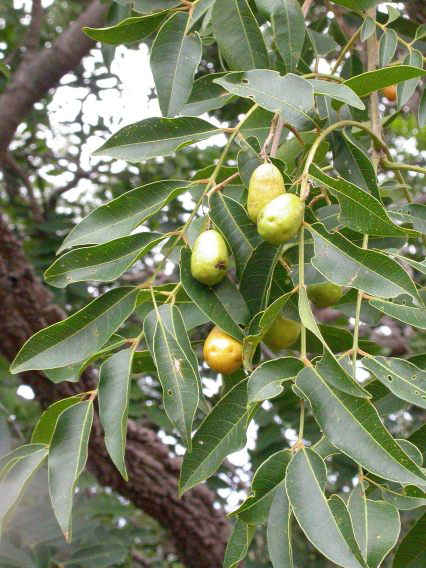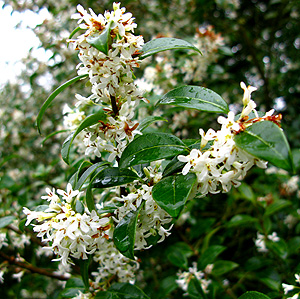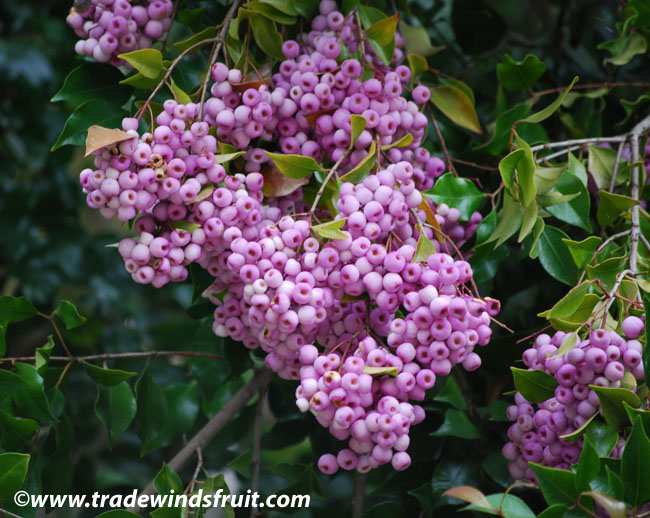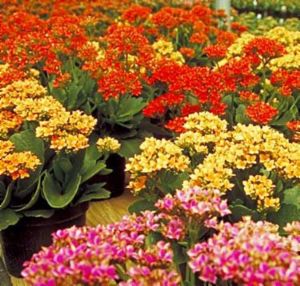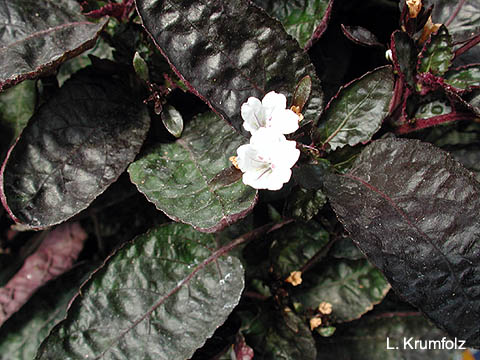http://www.ginatnoy.co.il/english/Arietinum.html
First recorded preparation of cooked hummus with tahini in Israel , is from the Crusader period. But the hummus was mentioned earlier in the Talmud as "seasoned" About 1500 years ago, suggested Boaz to Ruth the Moabite "Eat the bread table, and your pita-bread with vinegar" (Ruth B. XIV.) Meir Shalev author and journalist raised one of his columns are actually the hummus idea. He bases his comments in some biblical references incompatible interpretations. Wikipedia
The first known Pulses to man at least 8000 years. Is civilized and raised the first time, apparently, in India or Tibet and from there traveled to our region. It is unclear when invented the "Hummoss" (that is, the dish we call hummus), or when riched to our region (There is evidence that he was here at least since the Crusades). Anyway, it seems that the encounter between hummus and tahini, occurred towards the end of the third millennium BC, ancient Babylon (sesame was already familiar prehistoric man, and reached the Fertile Crescent region from Persia, Afghanistan and Ethiopia
About forty species, including two Annuals. Distribution from Afghanistan to Sudan. Cultural acidification main species two groups reached the West through India, the first group accepted the Mediterranean basin with a large grain with bright color and smooth skin called Kabul because that came to India via Afghanistan. The second group, Desie (Local Sanskrit), a small grain of irregular shape with a dark color, is growing in Ethiopia and the Middle East (except Israel) distant. One of which includes about 200 domesticated species. Evidence for use in different cultivars domesticated species of the Late Stone Age (Neolithic), found in Turkey, Egypt and Jericho. Accepted theory says he got there in the Himalayas
Agricultural species are divided in to three main groups: chickpea greatness - grain, chickpea tiny - with a grain of grain growth medium. White grain varieties with outstanding food per person, price is the highest. Plants hairy, glandular hairs acid and excrete a sticky repellent with - life. Individual flowers. Color usually white or red. Usually self-fertilization. Bag was opened two Akshuut. Berries white, yellow, red, brown or black (depending on species), ripen in July. Grains of chickpea plant optimized semi-dry and hot climate, the most successful medium and heavy land. Sensitive to excess water can not drain their land poor. Growth is less sensitive to soil salinity from legumes. A bowl of hummus and a high nutritive value growth: 17% - 23% protein, 4% - 5% fat and approximately 60% starch. The grains they eat green, or after Ahabshltam - boiled, roasted or ground into flour. Chickpea flour is also used trailer Olmegidanut industry (Halva, Delight - Delight) and cooking porridge. Gargle cooked savory eastern dish prepared hummus
How to grow - Hummus is a seasonal plant that requires approximately 100 days of growth. The best time to plant is right for spring. To save time, you can sprout in late winter, plant a garden when planting is at a height of about five cm. You can buy dried organic hummus sprout. Should grow about 5 seedlings per family member. Chickpeas likes full sun. It is recommended to plant near potatoes, cucumbers, corn, strawberries, celery - not near anything. chickpeas will be contained after about 100 days. can be eaten green as beans. For dried chickpeas, download all the plant and flatten it on the surface to dry. chickpeas ready when the shells open, chickpeas is sinking when shake it
Main stem: Short, broad (up to 0,6m diam.), branching. Bark corky, fissured, grey-brown. Evergreen with gray-green leaves. Can reach up to 15 m. Tree and a special appearance and design, especially when combining it with rocks. Despite the form and design, there is a big tree for bonsai, bonsai are not considered as a growth. Red fruit from May to June. The tree was named after French botanist Pierre Koson (1727-1783). Flowers fragrant and full of nectar, and attract all flying. The tree is considered to be frugal with water
Leaves: Arranged spirally on ends of branches. Compound, digitate (up to 600mm diam.); 7-9 leaflets (100-300 x 20-60mm), pale blue green to green, entire to deeply lobed, never cut to midrib (as in C. spicata), margin broadly serrated, tapering to base and to pointed tip, stalk short (15-30mm). Leaf stalk up to 300mm long. Bark Soft and easy is used to build wheels restraints. Some parts of the tree toxic if swallowed. Ground root is used in popular medicine for the treatment of malaria infection. The leaves are used to treat indigestion. When a small tree can be used as a plant flowerpot flowerpot
Flowers: Small, greenish, in dense, cylindrical spikes (25-50mm long), in long sprays, forming a large branched terminal inflorescence (January-March). Fruit: Purplish, round, fleshy, small (6mm diam.), crowded in spikes (April-August).
Jan 22, 2006
Many camellias are blooming in the Linnean House. Peak bloom in this conservatory typically occurs in mid to late February. The ...
powered by |
 |

